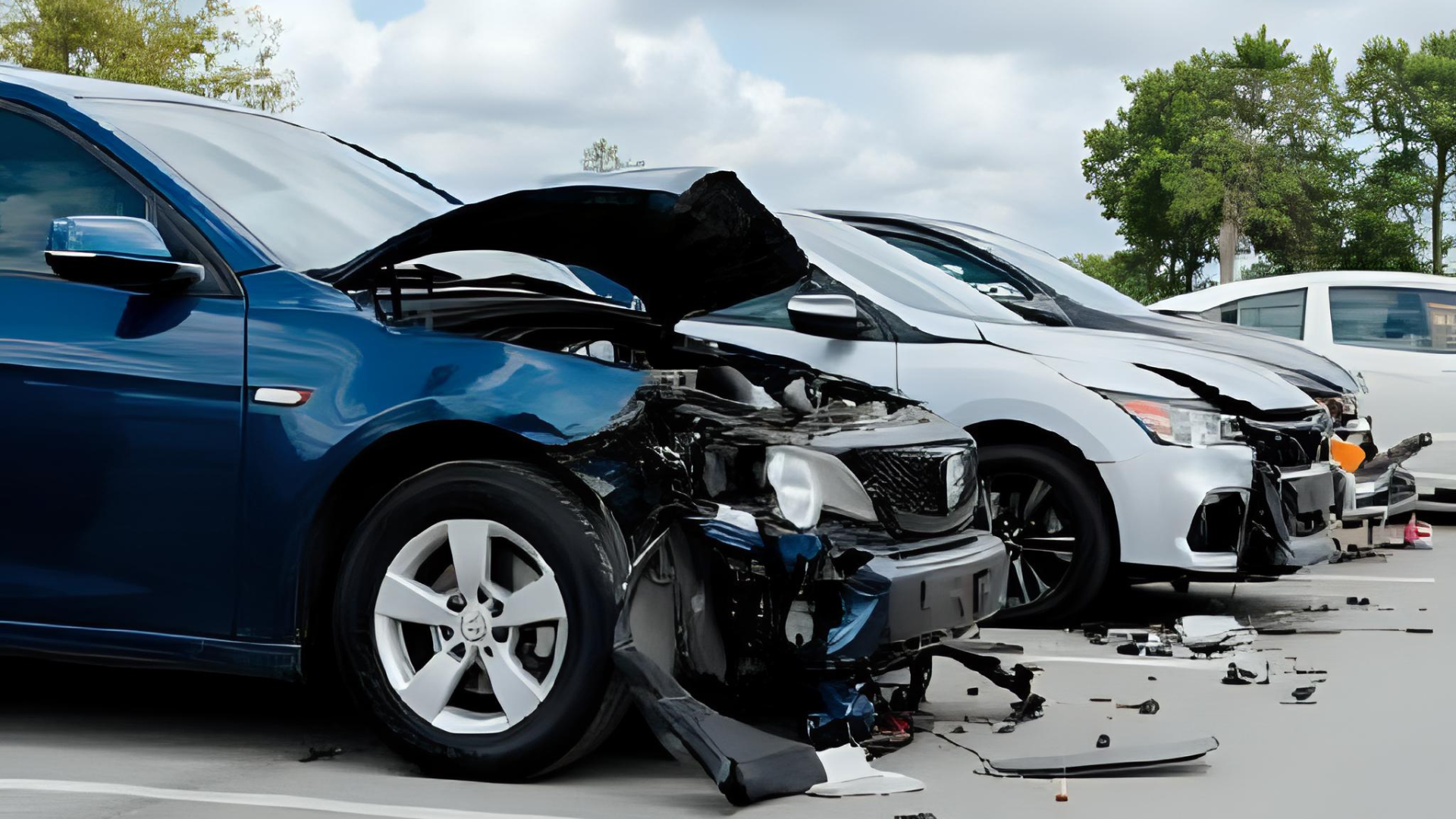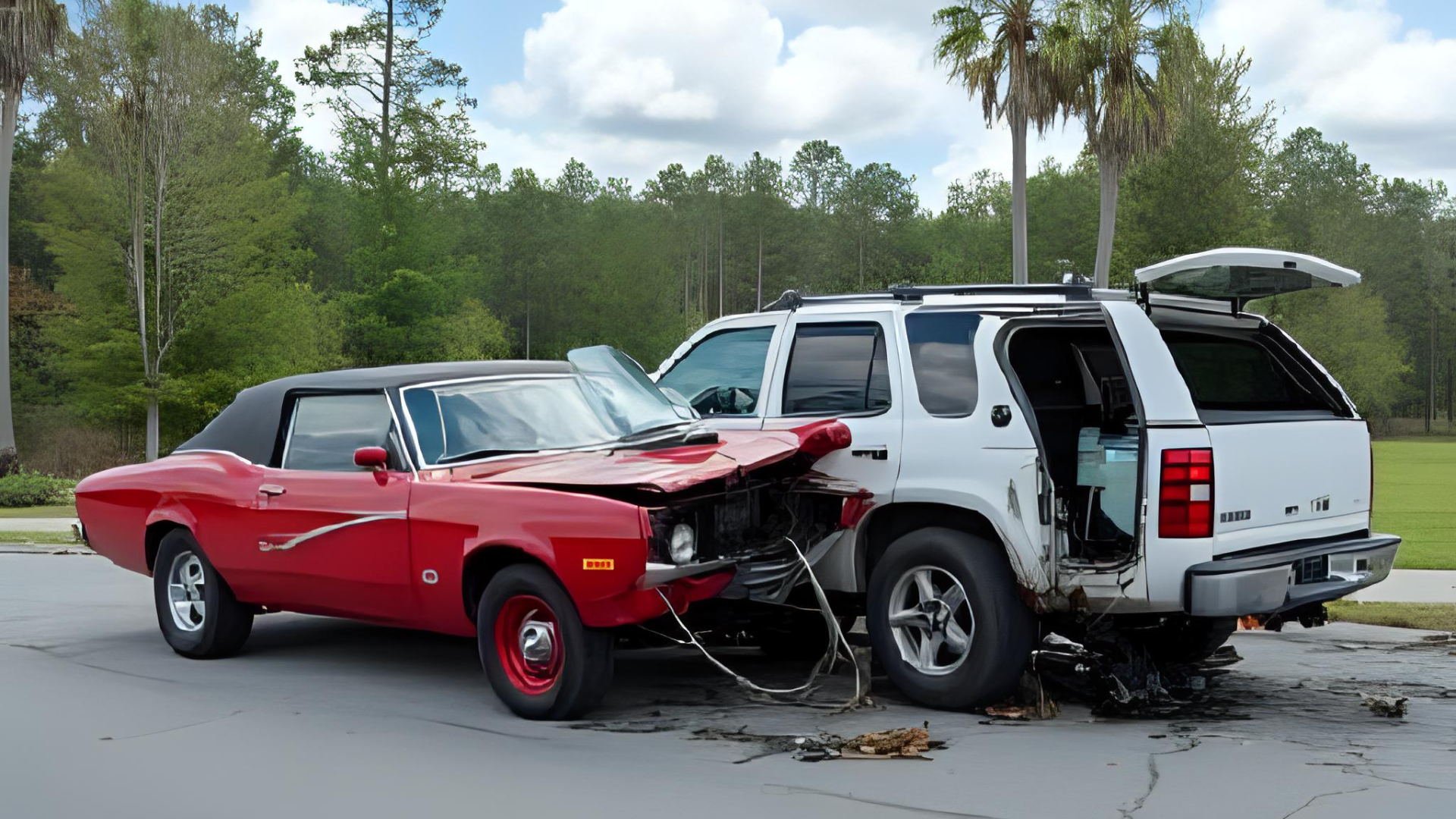Florida Car Accidents: Comparative Fault Explained By Smith & Valentine Law
Navigating Florida’s car accident claims can feel like driving through a fog. Understanding how comparative negligence works is crucial. Florida’s modified comparative negligence system plays a pivotal role in these cases. It impacts how much compensation one can actually receive. If you’re over 50% at fault, you might be out of luck. That’s where it gets tricky.
Under pure comparative fault, even those mostly at fault could receive damages. However, the shift to a comparative fault system changed this. Now, fault is a game-changer. Determining comparative negligence involves a thorough look at the evidence. We must consider every detail. Consulting a car accident attorney can make this complex process smoother. They help clarify the comparative negligence system and ensure fair compensation.
Key Takeaways
- Florida uses a modified comparative negligence system. You lose compensation if over 50% at fault.
- Under pure comparative fault, even those mostly at fault could recover damages.
- Fault percentage is crucial in car accident cases, affecting the compensation amount.
- An experienced car accident attorney helps interpret evidence and advocate for fair compensation.
- Understanding comparative fault is key to navigating Florida’s accident claims.
Defining Comparative Fault and Negligence
In examining fault and negligence, we see how comparative negligence works in Florida car accidents. This system allocates fault among parties, influencing compensation eligibility. Florida recently switched to a modified comparative negligence system, affecting how fault impacts recovery. An individual’s compensation is reduced by their fault percentage, a shift from the pure system. The modified comparative negligence restricts recovery if more than 50% at fault. For further details on Florida’s statutes, interested readers can visit the Florida Legislature’s website.
Florida’s Modified Comparative Negligence System
Florida’s shift to a new comparative fault system dictates that individuals bearing over 50% of the blame in an accident can’t claim compensation. This adjustment has reshaped how comparative negligence works in Florida car accidents. If you’re curious about the nuances, consider how this impacts car accident cases: the compensation is adjusted according to the fault percentage. This revamped comparative negligence system demands keen insight. As we navigate these changes, our focus remains clear: ensuring fair outcomes in every scenario. Understanding this system is crucial for anyone dealing with such situations.
Differences Between Pure and Modified Systems
Exploring the contrasts between pure and modified systems, we witness significant shifts. Under the pure system, even if you’re 99% at fault, recovery isn’t barred. However, Florida’s modified approach introduces a crucial threshold—exceeding 50% fault means no compensation. This change in how comparative negligence system operates reflects a tighter approach to fault allocation. This updated framework profoundly impacts Florida car accident claims, necessitating a keen understanding of fault dynamics to navigate the complexities of compensation effectively.
Determining Fault in Car Accident Cases
Figuring out who’s at fault in an auto mishap can be tricky. In Florida, the comparative negligence system plays a pivotal role. Here, fault is divided among parties, impacting compensation. We often analyze police reports, witness accounts, and physical evidence to gauge responsibility. Sometimes, the Twitter feed of FirmKing offers insightful discussions on the subject. It’s crucial to remember that if you hold more than 50% of the blame, you can’t recover damages. This shift from the pure system demands a keen understanding of legal nuances.
Common Scenarios of Shared Fault
In the realm of shared fault, we often encounter situations like rear-end collisions. Here, the leading driver might abruptly brake, while the following driver could be tailgating. Both actions contribute to the mishap. Another scenario involves lane changes, where one driver might not signal, and the other fails to maintain a safe distance. These examples illustrate how comparative fault works in car accidents in Florida, influencing the compensation process. Smith & Valentine Law frequently explore such nuances on their Facebook page.

Impact of Comparative Fault on Compensation
The implications of sharing fault in Florida accidents often surprise us. When reckoning with how comparative fault works in car accidents in Florida, compensation takes a direct hit. Imagine a scenario with damages worth $100,000. If you’re 30% at fault, you’d pocket just $70,000. This system ensures fairness but often leaves victims feeling short-changed. It’s like a pie, where everyone gets a slice based on their hand in baking—or burning—it.
Role of a Car Accident Attorney
Engaging with the intricacies of a legal representative’s duties, they provide crucial support. They understand how comparative fault works in car accidents in Florida and use this to your advantage. Our team navigates the legal maze, ensuring your voice is heard and your rights are protected. We meticulously analyze evidence and collaborate with experts, aiming for a fair outcome. It’s like a chess match; every move counts. We prioritize clarity and communication, guiding you through each step. Remember, the goal is your peace of mind.
Three Key Steps for Accident Victims
For those involved in mishaps, three crucial actions stand out. Initially, gather all relevant documents—photos, witness accounts, and police reports. Next, prioritize your well-being by seeking prompt medical care. Swift action ensures injuries are documented, a crucial step for claims. Finally, consult a skilled advocate. They’re pivotal in understanding how comparative fault works in car accidents in Florida, especially under the comparative negligence system. Their expertise can significantly influence the outcome of your claim, ensuring fairness.
Contacting Smith & Valentine Law for Assistance
Engaging with Smith & Valentine Law’s expertise in complex cases can be transformative. We specialize in understanding how comparative fault works in car accidents in Florida, ensuring clients navigate this intricate system effectively. Florida’s shift to the modified negligence system demands precision and expertise, which our team provides. For firsthand insights and discussions, their Instagram offers a glimpse into their strategic approach. Our legal team remains committed to maximizing your compensation, standing by your side every step of the way.

Conclusion
Understanding comparative fault in Florida is a bit like assembling a jigsaw puzzle. Each piece, or party involved, contributes to the overall picture of what happened. We’ve peeled back layers on how fault is determined and how compensation is impacted. Florida’s shift to a modified system is significant and affects potential outcomes for those involved in accidents.
Navigating these legal waters can feel overwhelming, like trying to find a needle in a haystack. That’s why having a knowledgeable attorney in your corner is crucial. They provide clarity and ensure that each piece of your case fits correctly. As we’ve explored, seeking professional guidance can make a world of difference. Our goal is to help you understand your rights and options. Let’s ensure you’re not left out in the cold when it comes to compensation.
FAQ
- What is comparative fault, and how does it affect car accident cases in Florida?
Comparative fault, or comparative negligence, assigns fault percentages to each party involved in an accident. In Florida, this directly impacts compensation. If you’re partly at fault, your compensation reduces by your fault percentage.
- How does Florida’s modified comparative negligence differ from the pure system?
Under the modified system, you can’t recover damages if you’re over 50% at fault. This contrasts with the pure system, where recovery was possible even if you were 99% at fault. The change aims to create a more balanced approach.
- How do we determine fault percentages in car accidents?
Fault is determined by evaluating evidence like police reports, witness statements, and accident reconstructions. Each party’s actions are assessed, and fault is expressed as a percentage. This percentage affects the compensation.
- Can you give an example of how shared fault affects compensation?
Sure! If you’re awarded $100,000 in damages but found 20% at fault, you receive $80,000. The fault percentage directly reduces the compensation amount, emphasizing the importance of establishing accurate fault.
- Why is hiring a car accident attorney beneficial in these cases?
An attorney helps navigate the complexities of comparative fault. They interpret evidence, establish fault percentages, and fight for fair compensation. Their expertise ensures your rights are protected throughout the process.




